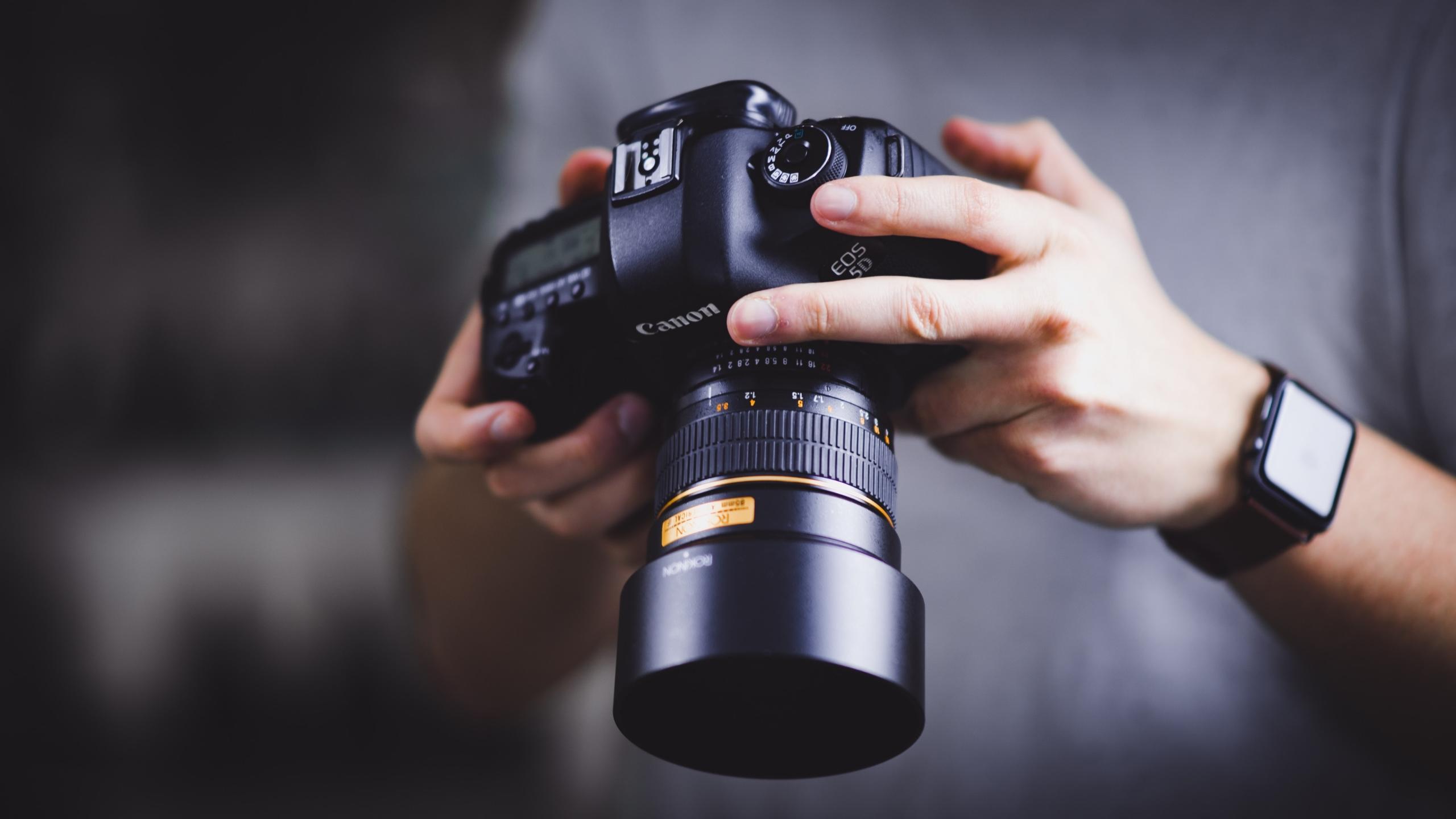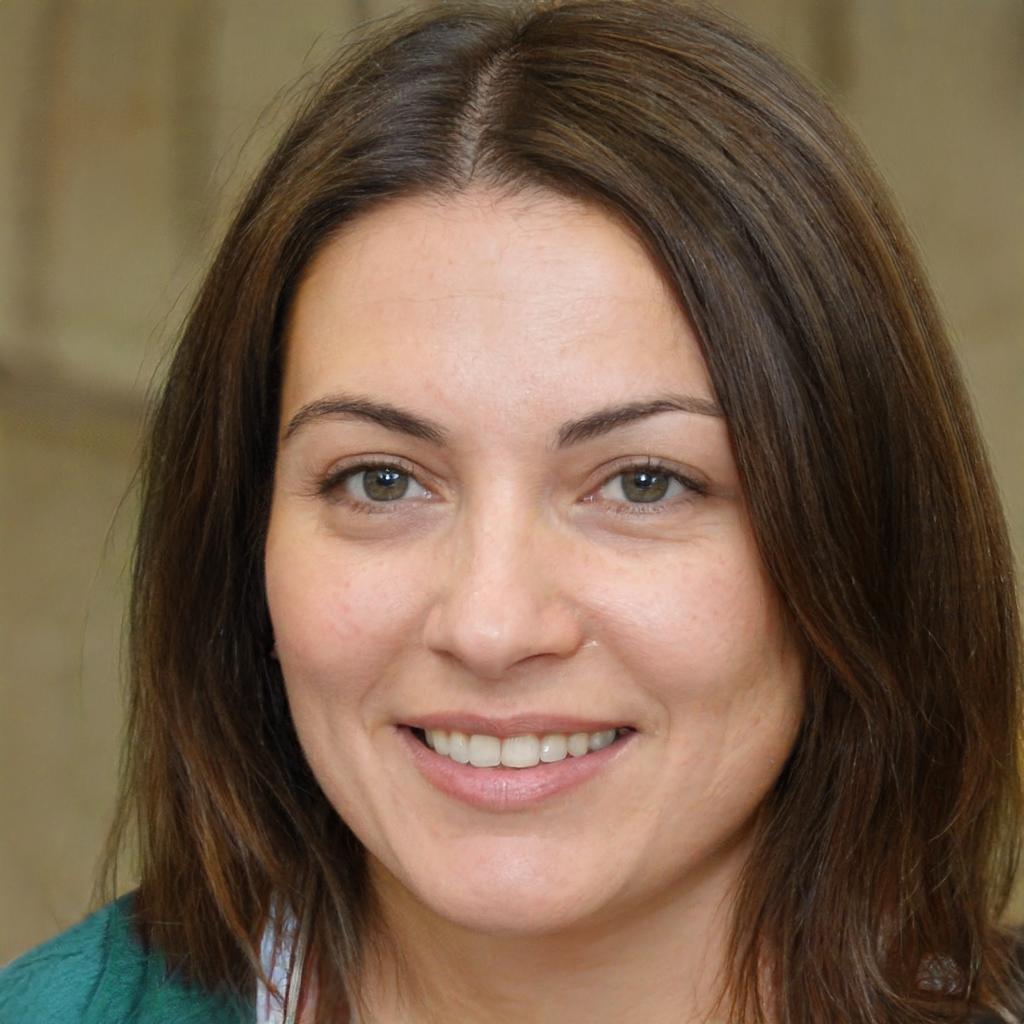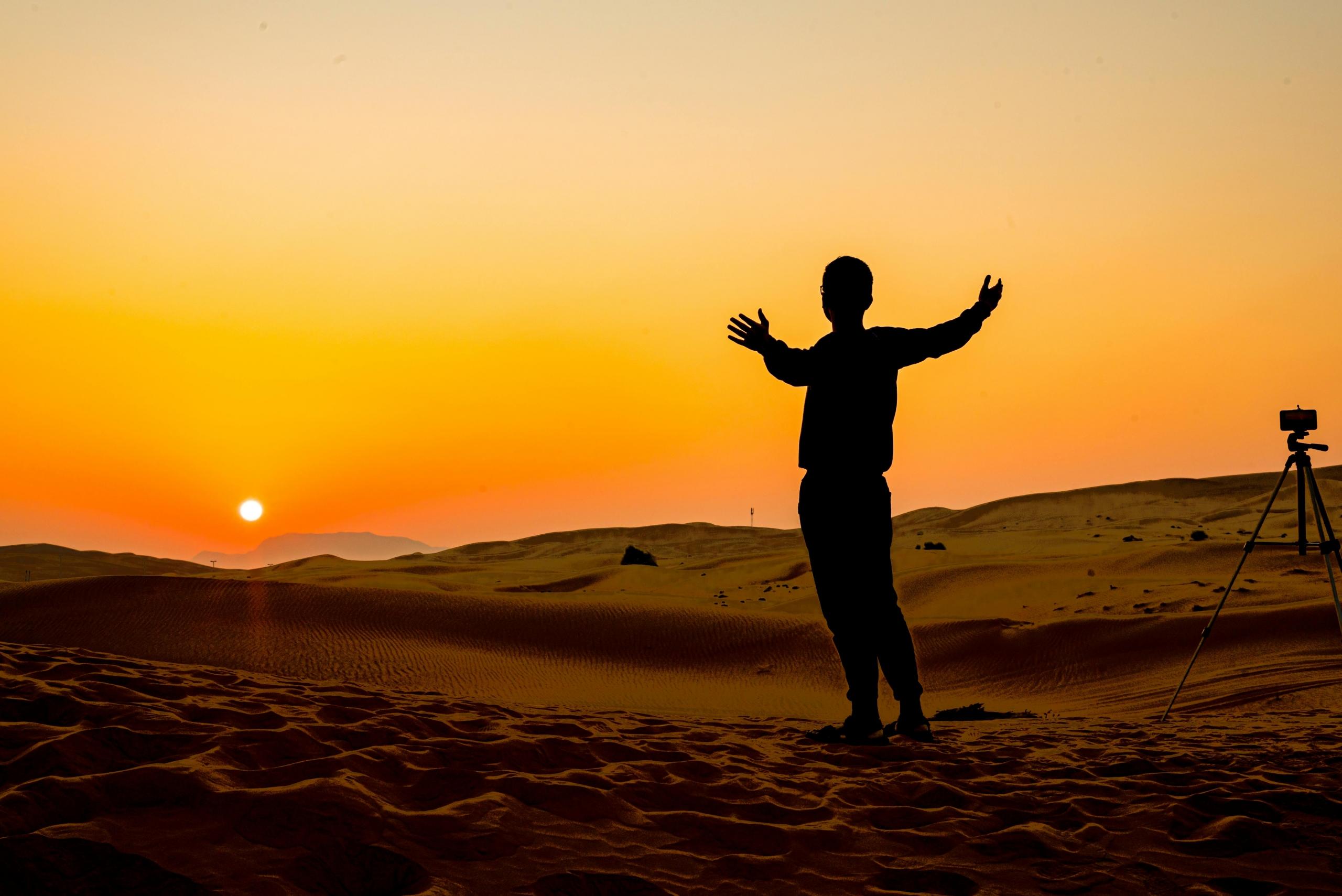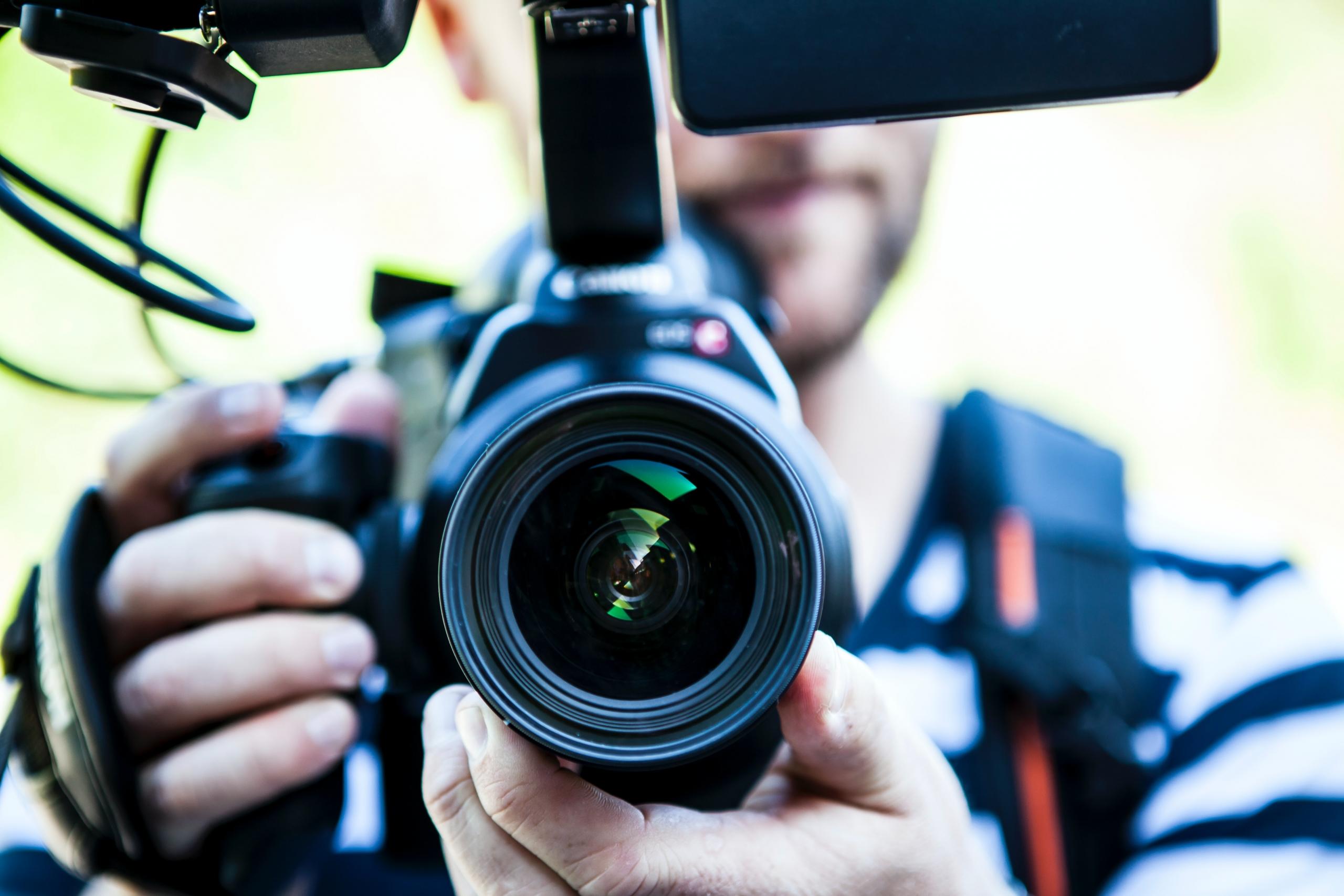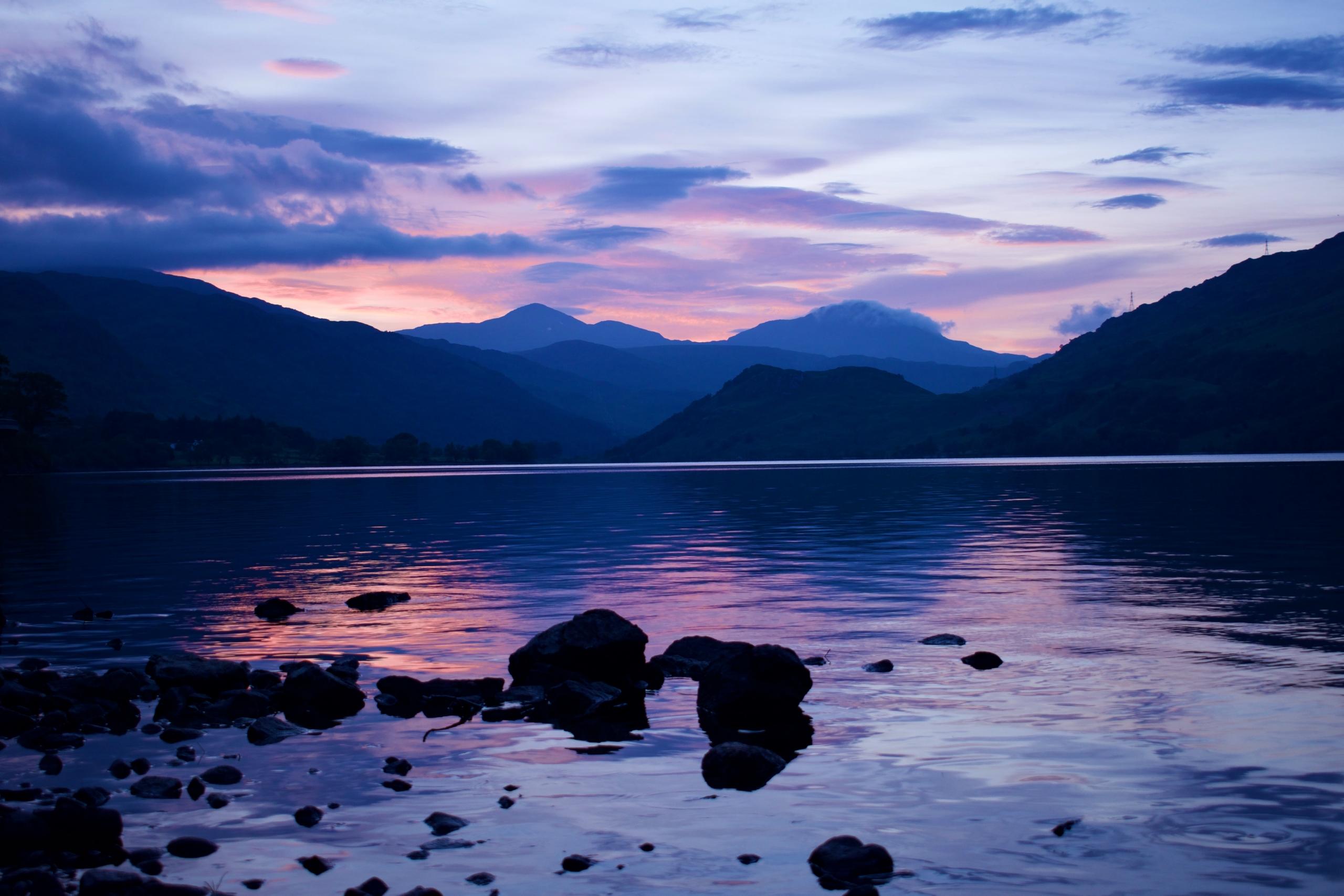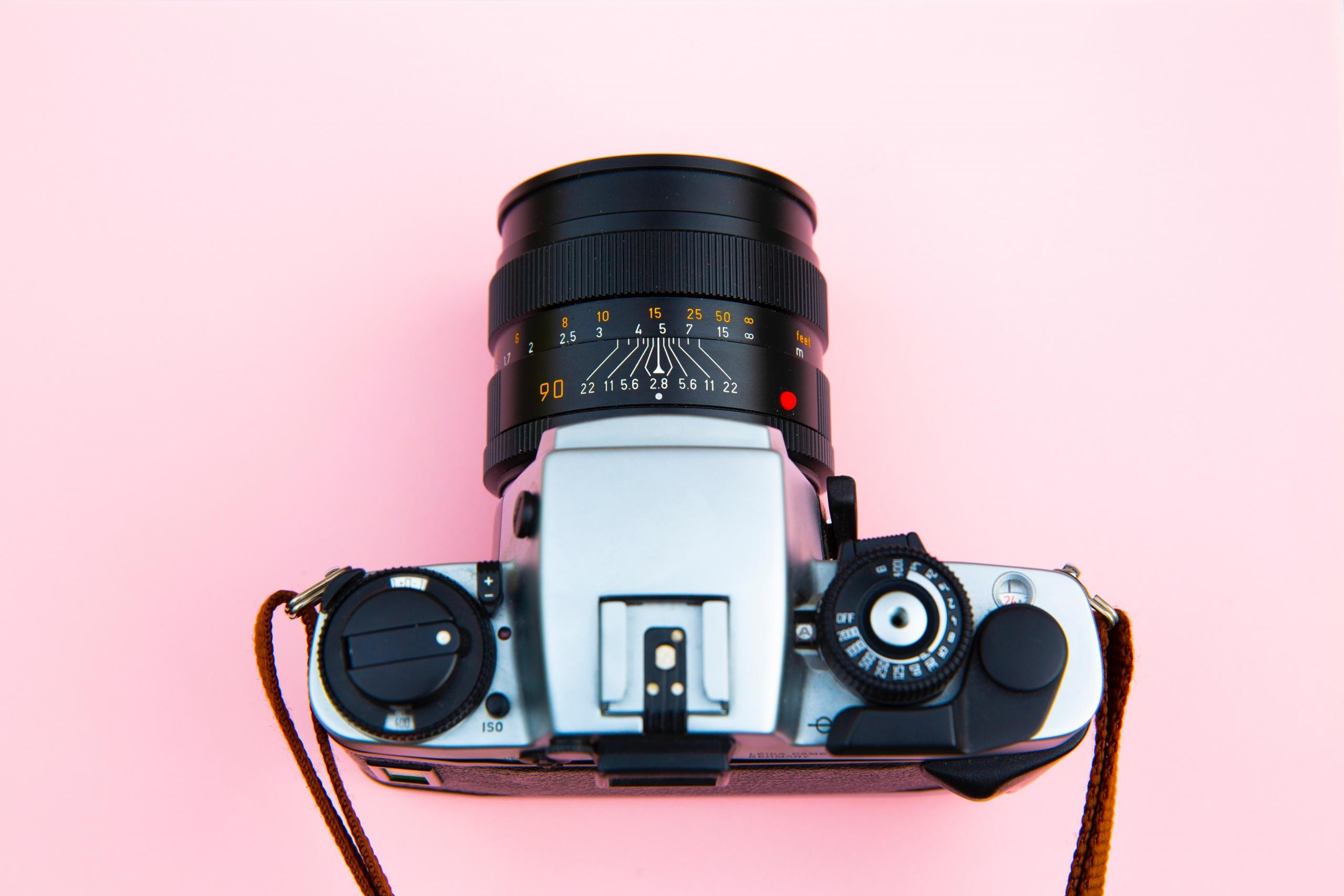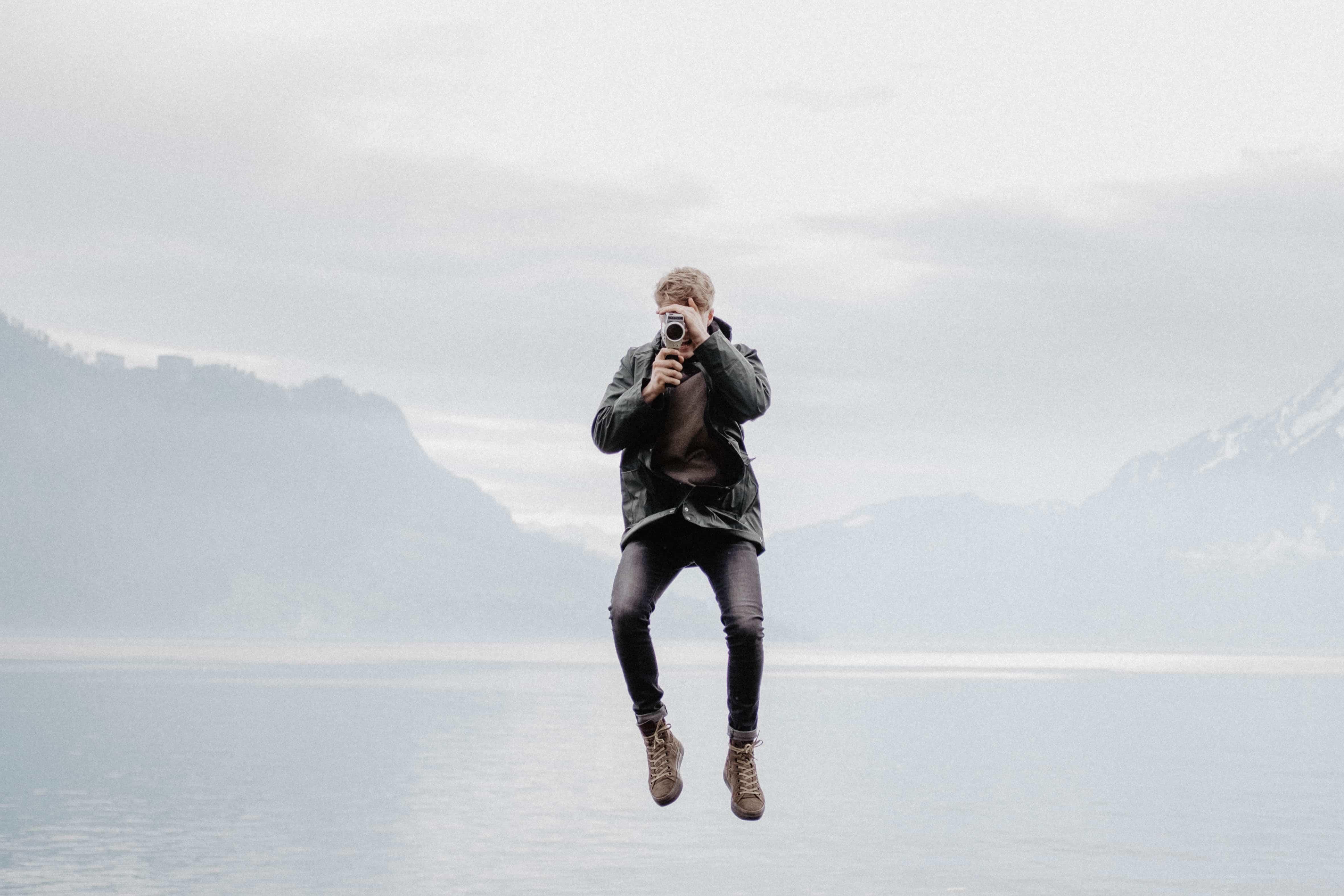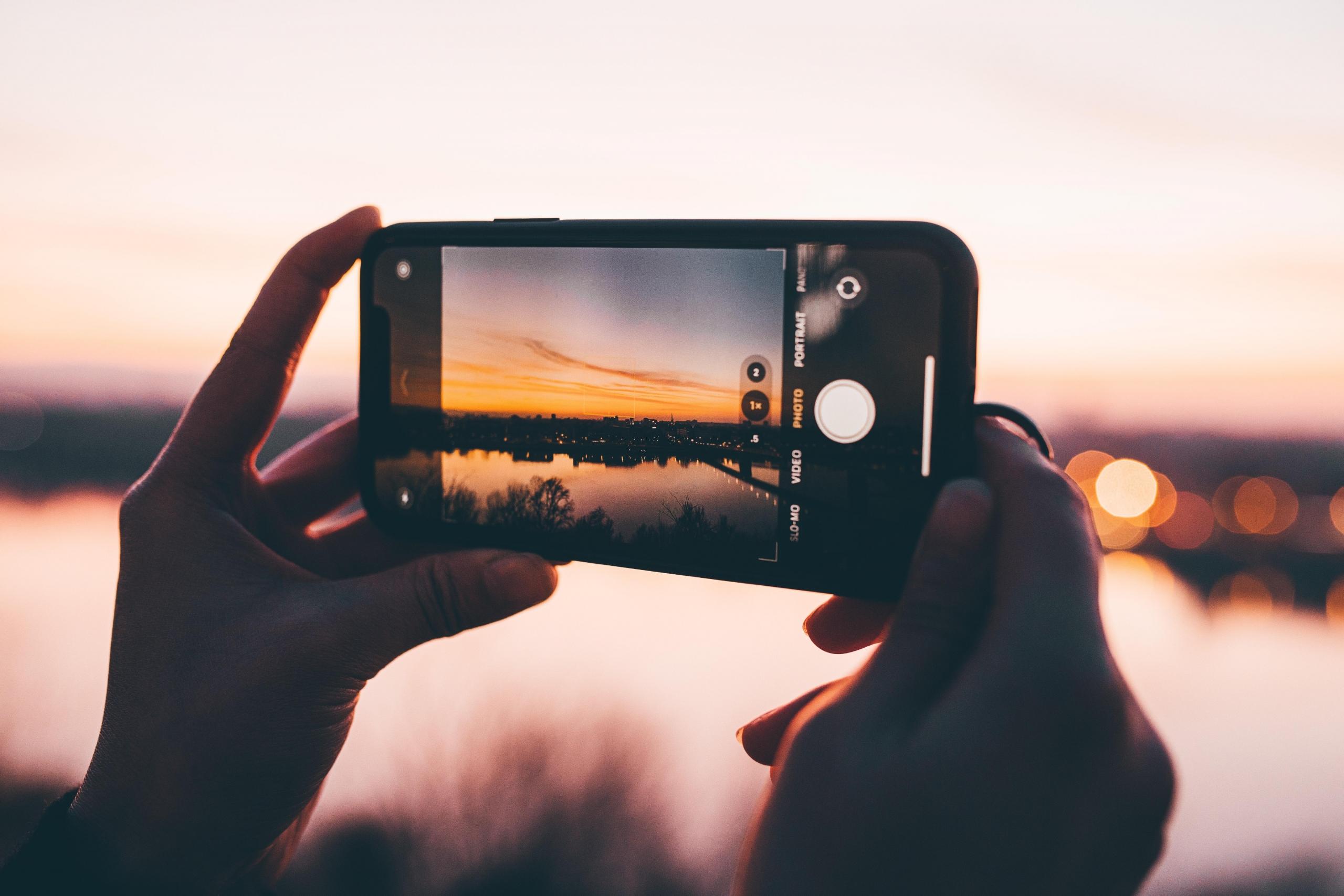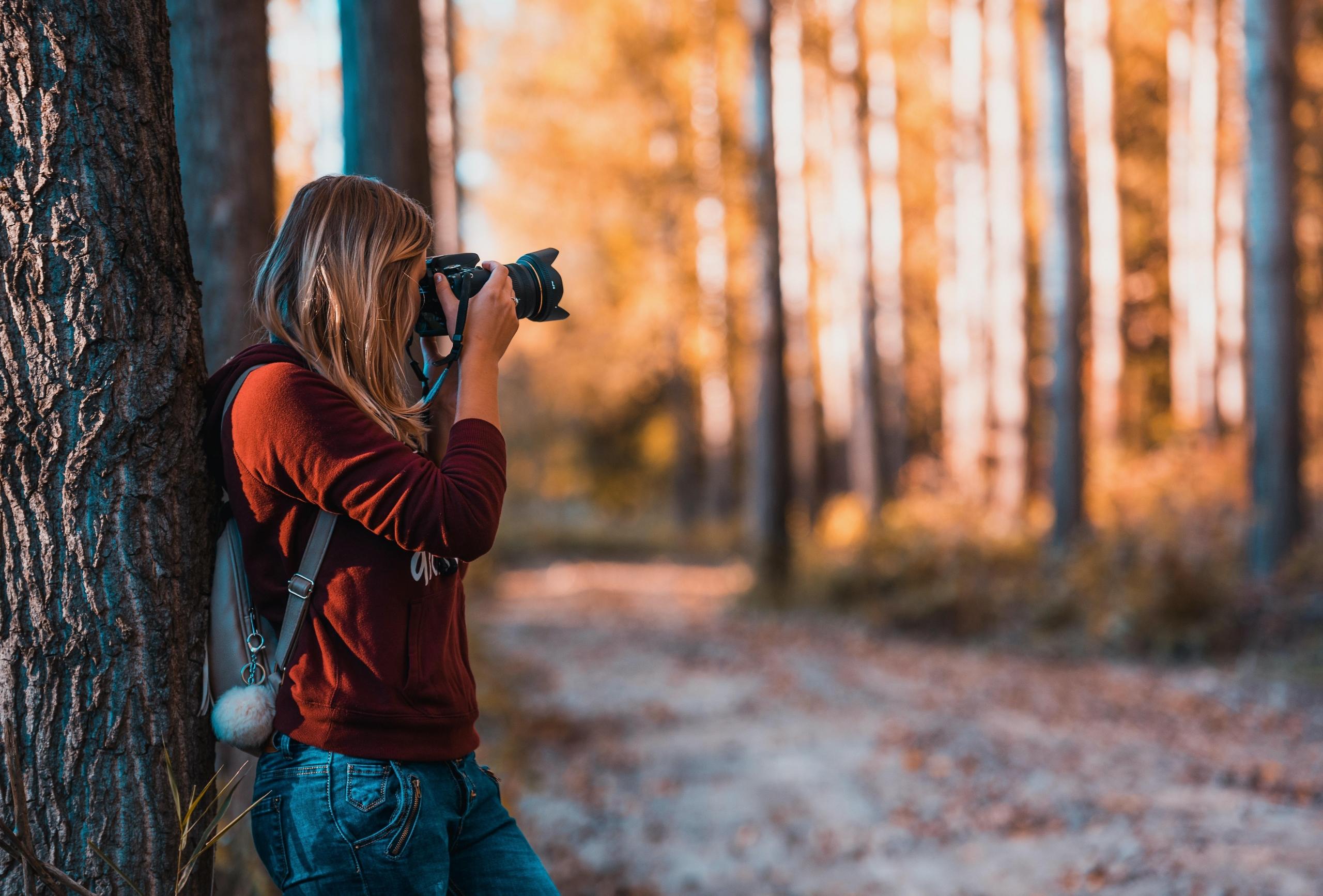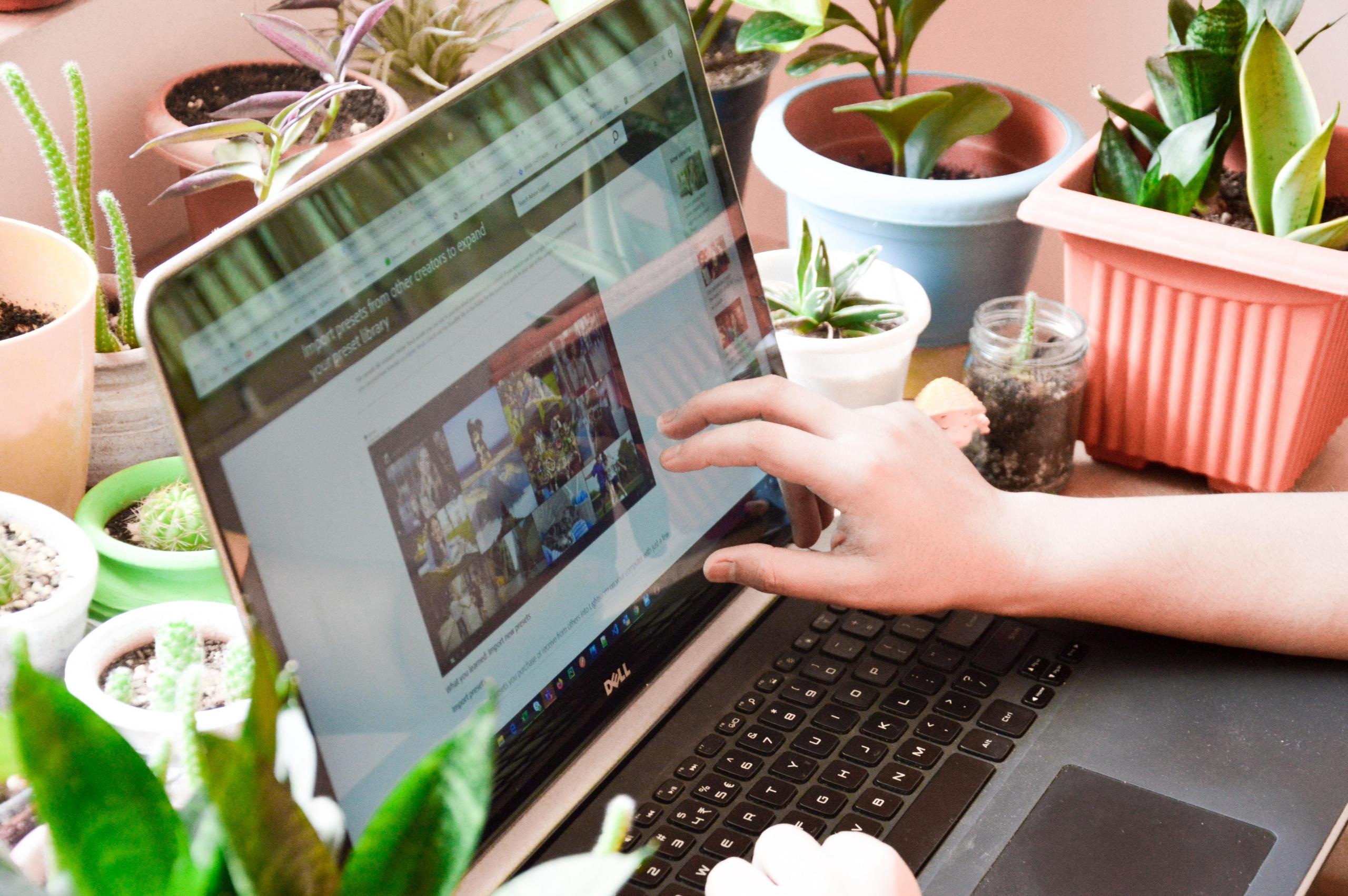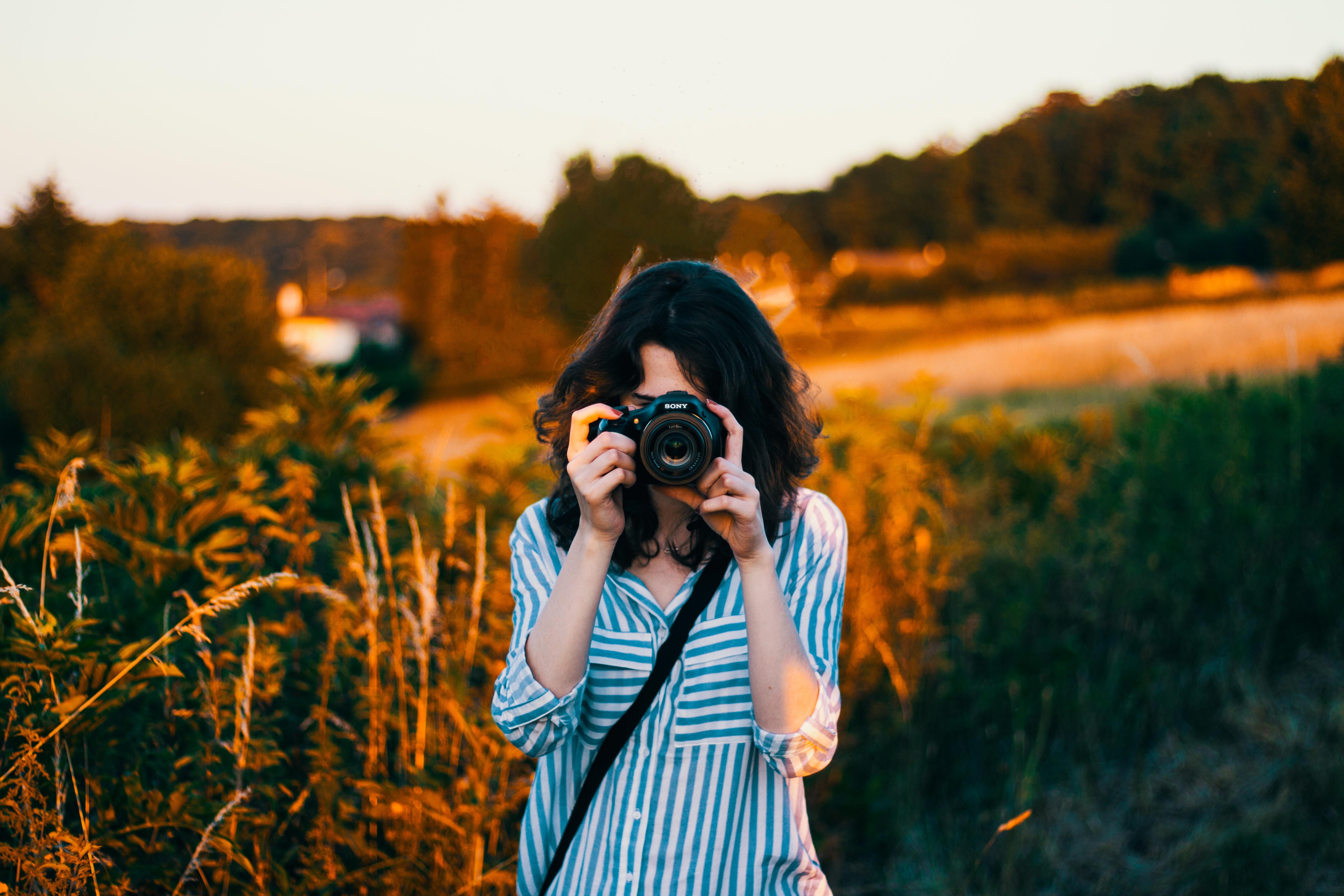Getting started on the path of following your passion for photography can seem overwhelming. With the plethora of devices, gadgets and accessories available, it can be hard to know what is truly essential for taking good photographs.
You'll no doubt hear about PocketWizards, drones, hot shoes, external flash kits, E mounts, prime lenses, ring flashes, chargers, tripods, reflectors, straps, camera bags, wireless triggers, and studio lighting kits. And then come considerations about editing, and print or image protection.
If that all sounds like too much, you'll be pleased to learn that the only kit you will really need is made up of you and a camera suited to capturing your vision.
However, choosing a camera could be fairly complicated.
Let’s take a look at some of the essential equipment needed to start out in photography.

What Are the Best Cameras For Photography?
While cameras are an essential tool, they serve merely as a conduit for your vision.
Cameras do not take amazing photos, people do.
A professional photographer could take an award-winning photo on a disposable camera, and a novice can take the worst picture ever seen with a top-of-the-range Digital SLR. This highlights the point that although having proper quality equipment helps, it will not select the target of what to photograph for you.
Professional photographers will tell you that that there is no perfect camera there is only the ideal camera for what you want to photograph.
As the subject changes so will the ‘perfect’ camera.
As a beginner, you should ask yourself 3 questions, and from the answers, you can create a shortlist of cameras that will work for you.
- What features do I need?
- What kind of camera am I capable of using?
- What do I want to photograph?
We hope these questions will help you to define the kind of photographer you would like to be, and consequently, which camera you need to support your vision.
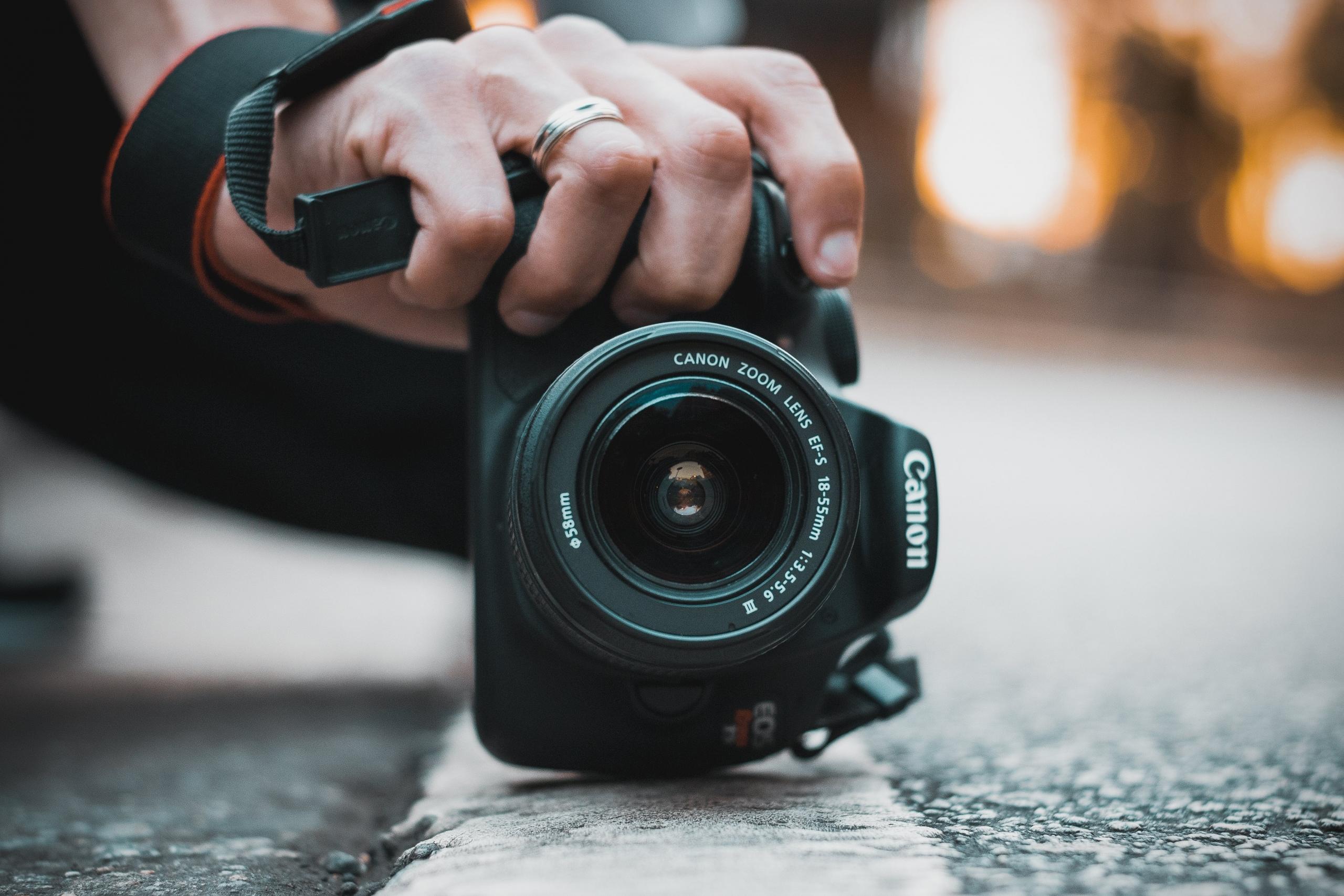
Read more about choosing the best camera for you.
Our Recommended Cameras
Point and Shoot Camera
Point and shoot cameras and compact camera are light, easy to use and fairly cheap. All have automatic modes, and some have manual modes and other cool features. Great for the novice or the complete beginner.
Some point and shoot cameras are listed below:
- Canon PowerShot SX720 - 20.3 megapixels (MP) sensor, HD video, 3” LCD and WiFi
- Canon PowerShot G9 X – 20.2 MP sensor, HD Video, great low light images and very light
- Sony RX100 III – 20.9 MP Sensor, continuous shooting, fast lens and pop up viewfinder.
Mirrorless Cameras
Mirrorless cameras are like DSLRs but without mirrors, hence the name.
Being mirrorless makes them as light as point and shoot cameras, but with almost all of the punch of Digital SLRs. They also have interchangeable lenses, real-time electronic viewfinders and numerous manual and automatic features. They are much more expensive than point and shoot cameras, and are therefore recommended for photography professionals and enthusiasts, rather than novices.
Here are a few examples of mirrorless cameras:
- Sony A7 II– 24.3 MP sensor, Fast autofocus, build in image stabilization, it is small and light.
- Fuji X-T1 - 16.3 MP sensor, continuous shooting, tiltable LCD and water and dust resistant.
DSLRs
Digital DLSRs are like mirrorless cameras except they have more lens options, longer battery life, slightly bigger sensors and, generally, faster focusing speeds.
They are big, bulky and heavy but give excellent results, and are therefore well-suited to the professional photographer.
If you like action photography, DSLRs will be the perfect companion.
Below are some DSLR cameras to consider:
- Nikon d7100 – 24.1 MP sensor, Full HD video and continuous shooting
- Nikon d800 – With a 36.3 MP Sensor, it’s one of the highest resolution DSLRs
- Canon Eos 7d mark ii – 20.2 MP sensor, high-quality photos and video
- Nikon d750 – 24.3MP sensor, shoots 6.5 frames per second
- Canon Eos 5d mark iii – 22.3 MP sensor, and dual image processor.

How to Choose a Camera Lens
Choosing a lens for your camera is the most important thing you can do.
If the camera is the conduit that connects you to your subject, then the lens of the camera is equivalent to your vision.
The type of lens you decide to use are critical to the quality of the images you will produce. There is an almost endless list of lenses available, so we'll focus on the most important lens types.
A Standard Kit Lens
This is the lens that you will most likely get to know first, as it will probably be bundled with your camera purchase.
Standard lenses are excellent general purpose lenses with a nice wide angle and generous zoom.
The most popular focal length for a standard lens is 18mm – 55mm. The primary downside of these lenses is that they don’t compare to professional prime lens when it comes to clarity and speed.
An example of a standard lens is the Sigma 18mm - 50mm zoom lens.
Fisheye Lens
A fisheye lens gives a panoramic effect to your photos. The viewing ratio is around 180 degrees, although this differs with different lenses, and the focal length is usually between 8mm and 10mm.
The beautiful thing about a fisheye lens is that it can bring effortless creativity to your images. Fisheye images can be quite breathtaking when used the right way, but some feel that they are too gimmicky to count as serious photography.
The major downside to this lens is that carries a rather heavy and noticeable distortion.
This means if not used well it can result in an ugly distorted image.
An example of a a fisheye lens is the Sigma 8mm circular fisheye lens.
Wide Angle Lenses
A wide-angle lens gives you the power to capture landscapes, scenery and any scene where you would like to have a wider angle.
This lens is excellent at keeping the subject sharp and well-focused; however, there are slight distortions which are not always noticeable. This lens has a focal length range of 24mm - 35mm.
An example of a wide angle lens Nikon 35mm NIKKOR lens.
Macro Photography
A macro lens gives you access to photographing subjects close up.
Depending on the lens, you can photograph the hairs on the back of a honey bee, the legs of an ant, or the pollen of a flower all in great detail.
This is the ultimate ultra-close lens that lets you capture what the eye usually cannot see clearly.
The macro lens you choose should be determined by how close you want to be to your subject. These lenses are incredibly sharp so make sure you have a steady hand while shooting. The focal length is roughly 50mm - 160mm.
An example of a macro lens is the Canon 100mm macro lens.
Telephoto Lenses
A telephoto lens is a lens that you would have seen safari-goers or the paparazzi use.
They are usually big, noticeable and heavy!
They allow you to take fantastic photos from far away. These lenses are great for street views, sporting events, landscapes and wildlife shots. They have a focal length of 135mm - 300mm+.
You will need a steady hand or a tripod to use a telephoto lens effectively.
An example of a telephoto lens is the Nikon 200mm - 500mm lens.
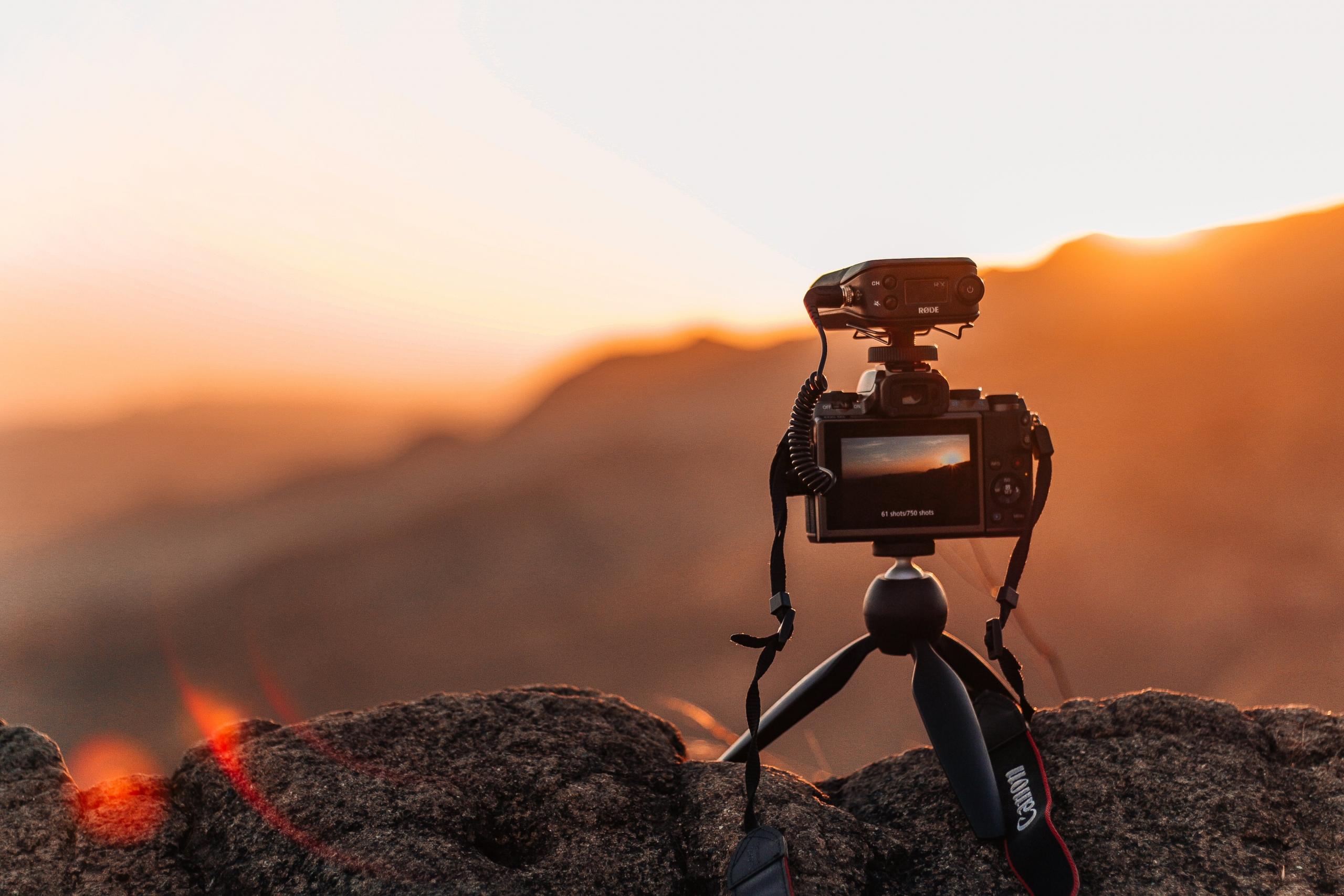
Essential Photography Accessories
The most important thing that you need as a photographer is your camera, a lens, and a supply of memory cards.
Once you have these, you have all the equipment it takes to be a great photographer.
But sometimes other tools and accessories are needed based on your requirements.
For example, if you want to be a studio photographer, then studio lighting and flash accessories will be required. If you're going to photograph different kinds of environments, prime lenses will be essential to help you get the best out of each image.
If you're going to take long exposures then tripods, monopods, and Gorillapods will be your best friends. Or maybe you just need the simple camera carrying bag or camera strap to keep your camera safe.
There are thousands of photography accessories out there, but before you start looking, the ask yourself how does this piece of equipment help me to capture the best photograph?
If it doesn’t then you probably don’t need it.
Is it Expensive to Learn Photography?
A good formula for a great photographer is:
- 40% vision to see a great photograph
- 40% skill to capture that image
- 20% equipment suited to capturing the image.
As a beginner with a camera all you need now is to learn how to best capture your subject.
Being a great photographer doesn't take lots of experience, but it does take having these 3 things come together to capture a moment in time.
You can learn photography in a variety of ways, and the cost would change from free to expensive depending on your choice.
- Self-study using library books and online resources, and getting in lots of practice. (free)
- Working as an apprentice to a professional photographer (free to moderately expensive)
- A photography course or workshop taught by a tutor, either one to one or in a group environment (moderately priced to expensive)
- A professional qualification like a degree (expensive)
Prices are very subjective in photography and depend on your level, who you selected as your teacher, and where you choose to be taught. For example, a course in Gauteng is likely to cost more than a course in the North-West. Taking online photography courses.will be cheaper than taking face-to-face lessons.
If you are a beginner, you will pay more than a skilled enthusiast, who simply needs a refresher. The most important thing is to set your budget and search for the solution that suits your circumstances.
Although you might be tempted to buy the most expensive and best quality photography equipment with all of the bells and whistles, if you speak to any seasoned professional photographer, they would probably tell you that this is a mistake.
Buying everything you think you might possibly need right at the outset, you may find that half of the equipment never even makes it out of the box.
Photography can be expensive but it doesn’t need to be!
If you want to get started but appreciate saving your rands and cents, it would be best to invest in the most essential items. Leave the rest for when the need arises, and build your kit slowly.
Remember photography isn’t about having the coolest gear.
When someone looks at your photographs, they don’t think about whether you used the latest pocket wizard or a tripod. All of that falls away because the primary focus will be the quality and composition of your images.
Remember, if it doesn't make your photo better then you probably don’t need it.

